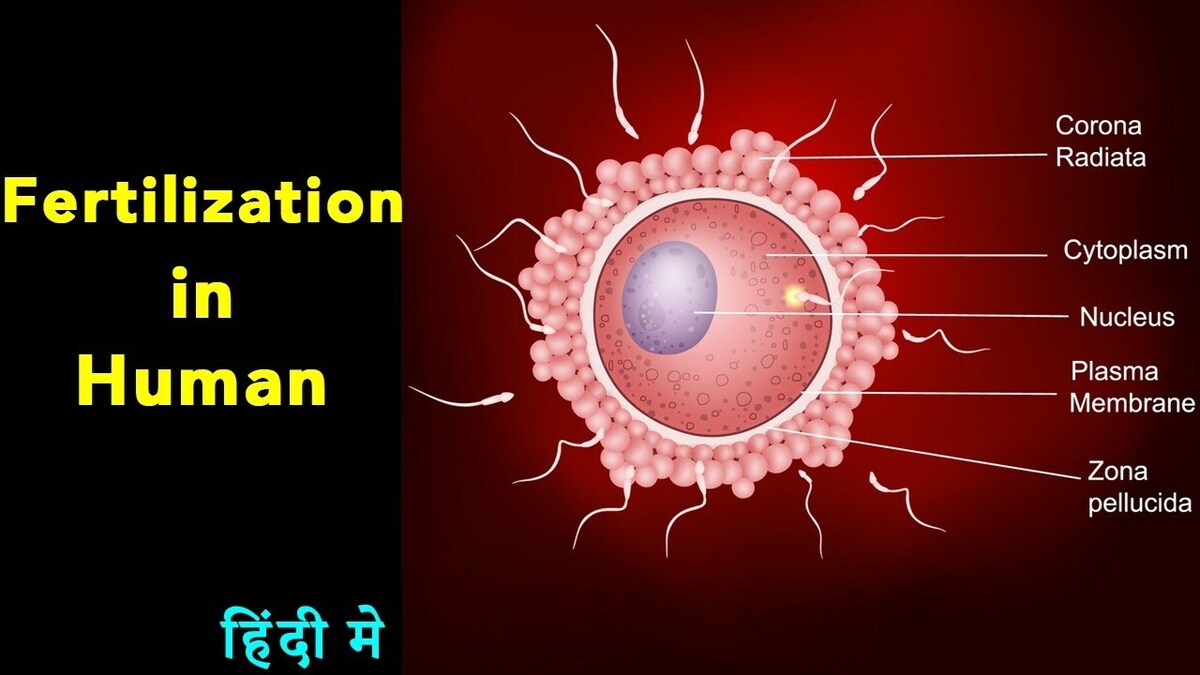Study: Metaphors for Human Fertilization Evolving

A new study by Yale sociologist Rene Almeling provides evidence that this metaphor remains widely used despite the profound shift in recent decades in social and scientific views about gender, sex, and sexuality. But her findings, based on interviews with a diverse sample of 47 individuals, also reveal that a more gender-egalitarian metaphor is circulating that describes sperm and egg as two halves of a whole, the science daily reported.
"The metaphors we use in discussing biological processes like fertilization are powerful: They both reflect and produce collective understandings of our bodies, ourselves, and our society," said Almeling, a professor of sociology in Yale's Faculty of Arts and Sciences. "By studying biological metaphors, we can learn how they undergird our beliefs and actions."
The study, published Oct. 1 in the journal Gender & Society, was inspired by a landmark 1991 paper by the anthropologist Emily Martin, in which she made the case that scientists had relied on prevailing cultural beliefs of masculinity and femininity to construct "a scientific fairy tale" of active sperm penetrating a passive egg. Writing then, Martin demonstrated that the metaphor influenced the questions scientists studied and how they reported their findings in peer-reviewed journals or described fertilization in medical textbooks.
In the three decades since Martin's study, Almeling said, scholars and advocates have increasingly challenged the presumption of heterosexuality and the categorization of bodies as either male or female. Additionally, she said, scientists over this period have started to move away from depictions of active sperm and passive eggs, providing descriptions that include sperm moving aimlessly in circles and eggs issuing chemical signals to draw in sperm.
While Martin's study focused on scientists creating knowledge, Almeling surveyed members of the general public living in the same city in the northeastern United States to gauge whether the changing beliefs about gender and sexuality are associated with different metaphors about fertilization. The individuals interviewed for the study represented a broad range of education levels, occupations, sexualities, and racial and ethnic backgrounds. Thirty-three respondents were men and 14 were women.
When discussing reproduction, nearly all the men (30 of 33) and about two-thirds of the women (9 of 14) used some version of the traditional metaphor of active sperm and passive egg. Drawing on language associated with racing, swimming, or fighting, they offered colorful descriptions of large numbers of sperm competing before a winner triumphantly entered the awaiting egg.
About one-third of the men (12 of 33) and two-thirds of the women (10 of 14) voiced a different metaphor in which the sperm and the egg are equal parts that meet and form a combined whole. (Several respondents incorporated both metaphors into their answers.) Unlike in the traditional metaphor, the more egalitarian version includes no mention of competition or penetration, Almeling said. As portrayed in second metaphor, both cells are necessary, and neither is sufficient on its own.
None of the respondents described the egg as the active agent of conception, Almeling noted.
"Identifying the patterns in how people use these metaphors provides insight into how social beliefs shape our perceptions of biological processes," said Almeling, whose 2020 book, "GUYnecology: The Missing Science of Men's Reproductive Health," examined the lack of knowledge-making about male reproductive health and its consequences. "Whether it is scientists conducting research, clinicians talking with their patients, journalists writing about reproductive technologies, legislators creating policy, or everyday people leading their lives, the biological metaphors we use shape our thinking and profoundly affect society."
4155/i





















